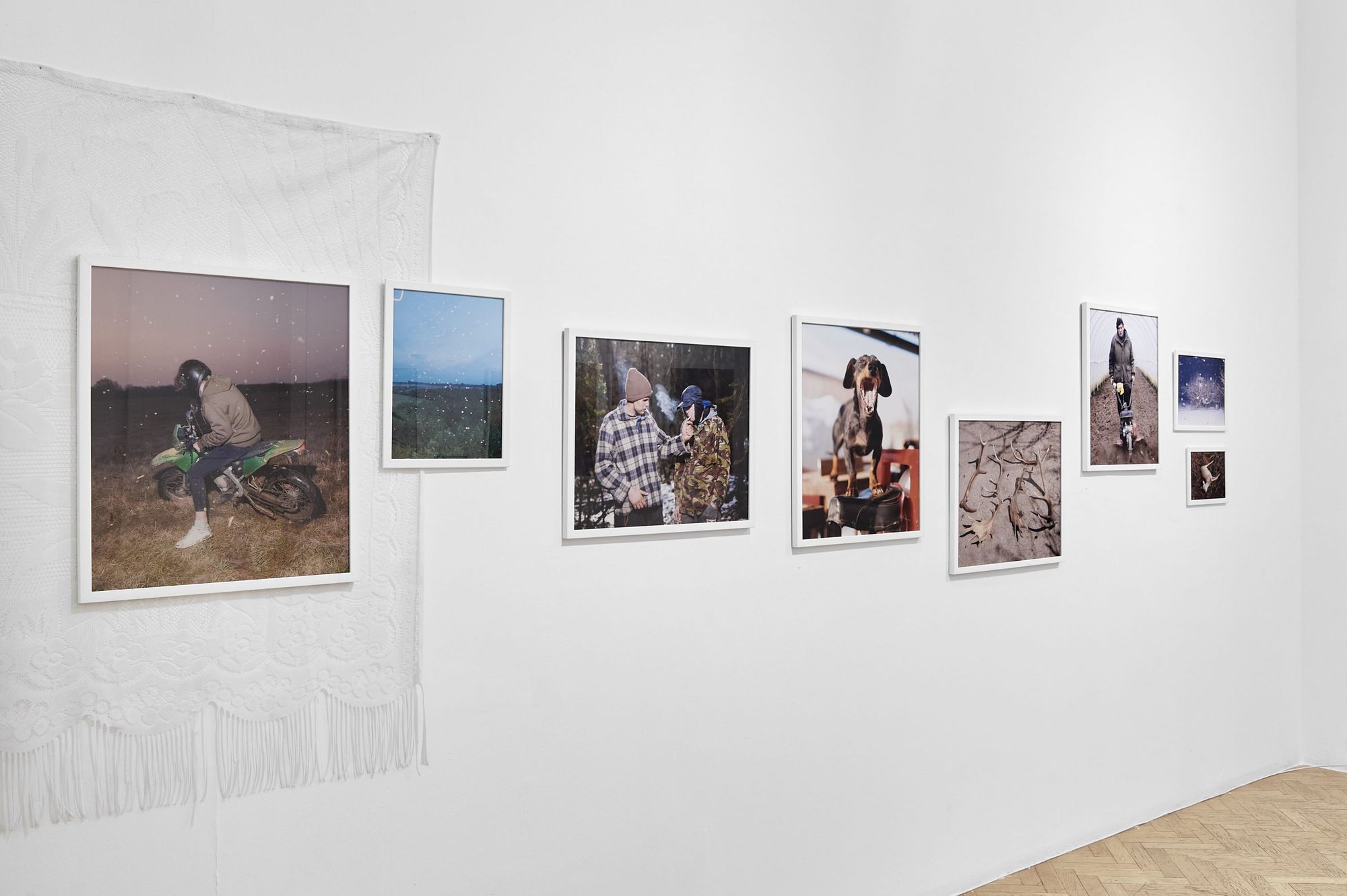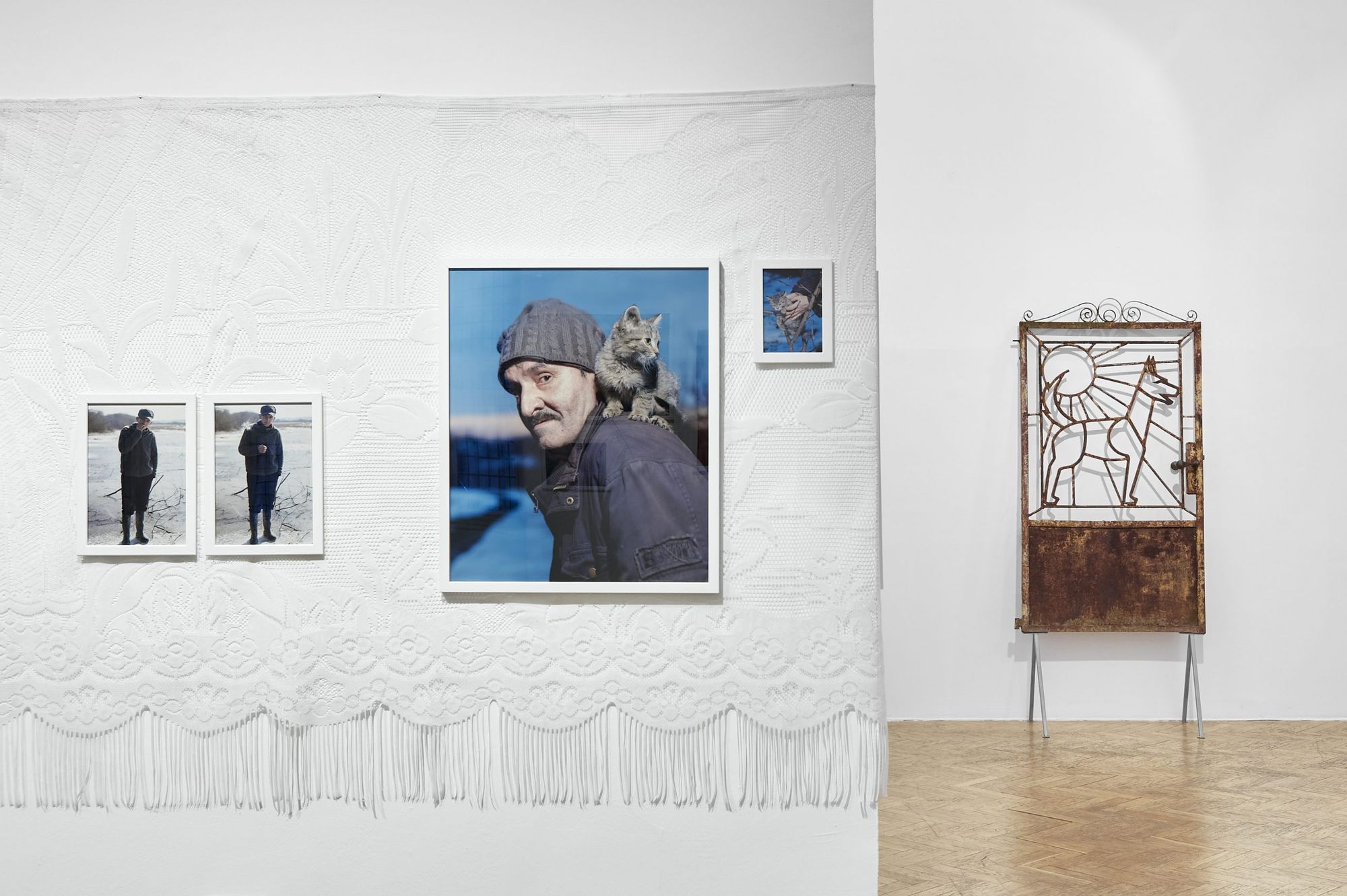The socio-photos in János R. Szabó’s exhibition, Stories along the Öreg-Túr River, take us to the north-eastern corner of Hungary. Everyday life situations, landscapes, objects, human glances and gestures evoke the artist’s home, giving an honest portrait of life in the villages of the region. The documenter is both an integral part of the context and as such cannot and does not want to remain completely objective, while the years spent away from home also reveal a kind of external relativity in the images. You can visit the exhibition at the Capa Center until 30 January.

The series was the first complex work of János after graduation, which he started working on in early summer 2019 as part of an NKA creative competition. He consciously built the structure all along, while the underlying ideas evolved intuitively: “When I started, I wasn’t thinking about what I wanted to say through my photos, but what I wanted to do as a person apart from photography. I had been living in Budapest for seven years by then, and I was increasingly longing to get back to nature. It dawned on me that I wanted to get to know the area around my hometown better because I realized that although I talk a lot about how important these places are to me, I didn’t have a deep knowledge of the surrounding villages, other than my own and neighboring villages. It was also at this time that I began to realize that my home had changed. My parents had grown old, sold the garden, and we no longer raised animals. In the meantime, my mother fell ill and the fear of losing her was a confirmation that I could still do it now and spend time with them,” he shared.

During the fieldwork, János traveled around the places along the Túr, where he collected audio and visual impressions in addition to taking photographs. For example, tapestries, curtains and archival photographs, some of which are also displayed in the exhibition’s interior. “I didn’t get much rejection during work, which is probably because I approach people in a very considerate and tactful way. It’s no coincidence that most of the portraits are an undertaken situation, preceded by an invitation and a mutual agreement. For me, photography is a human experience, a shared experience with an acquaintance, or even an unknown person. It can be just a few words before and after the shot, or it can be sitting down for a beer and a longer conversation. It was also important in my working method that I always gave the printed photos to the subjects. However, there are many more images in my mind, only because I didn’t dare to ask the person in that given situation,” said János about the research process.


“At one point during the process, I looked back at the photos I had taken so far to see what this series was really about for me. The theme of passing away and the realization that time goes by and things change is strongly present. That’s why the material has a decidedly melancholic and sentimental line. It was intuitive, but I gave it free space. At the same time, I didn’t want to reinforce the tendency that people living on the margins are often portrayed in a kind of romantic misery. I wanted to show them as people, sometimes sad, sometimes happy, like anywhere else. So, apart from nostalgia, the other main motif is the present: work and play. When we installed the pictures, a strange feeling came over me. I had worked with them so much that they no longer triggered anything in me photographically. But I was struck again by the experience of looking at some of the faces and stories: I never imagined that people I had known since childhood would look back at me in a gallery in my own exhibition,” he added. And the end result, with its characterful aesthetic and atmosphere, gives visitors a glimpse into a world that is at once distant and yet close.




János R. Szabó | Instagram
Photos: Capa Center

Here’s how you read | Hype&Hyper’s most read articles this year

In the peaceful world of snow-covered hotels | TOP 5










